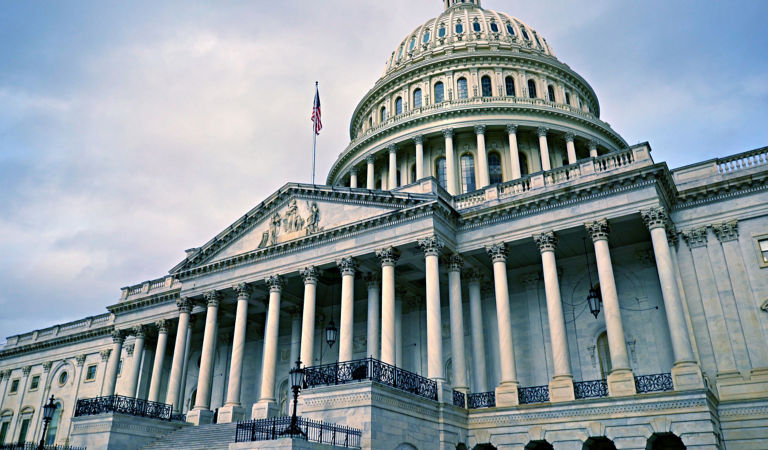Since early 2023, when the Biden administration ended the “continuous enrollment” provision that had been put in place during the pandemic, Medicaid enrollment has been under some downward pressure (as shown in Figure 1), with roughly 15 million people removed from the rolls, according to the Kaiser Family Foundation. The most recent strength in health care spending has thus come more from a pick-up in “marketplace” enrollment (state-level organizations through which health insurance can be purchased) and private insurance usage post-COVID. Still, the expansion of Medicaid has made the US government the biggest sponsor of health care expenditures (exceeding households, private businesses, and state and local governments) and, therefore, a target for possible cost cutting as the government budget deficit is in focus.
What Medicaid changes could mean for the economy
Republicans have put forward several proposals for spending reductions to help fund tax-cut extensions, and Medicaid changes appear to be on the table. It remains to be seen how far the party is willing to go, given the importance of the issue to constituents, memories of the failed effort to repeal the ACA in 2017, and the potential for a challenging midterm election down the road.
But if Medicaid cuts are enacted, there will be spillover effects on various areas of the US economy:
State budgets — The Medicaid program is administered by the states, which rely heavily on grants from the federal government to cover the cost. In fact, health-related grants account for about 60% of all transfers made by the federal government to the states. In turn, states allocate only about 15% of their own spending to health care, allowing them to spend far more on education and other needs. So, federal Medicaid cutbacks, should they pass, will force states with balanced-budget mandates to either raise taxes, cut spending on Medicaid, or cut spending elsewhere — in other words, there will be trade-offs, with implications for states’ economic well-being. Of course, there is also a human angle to these difficult decisions and the resulting trade-offs when it comes to equity in health care coverage. Some states may opt to reduce benefits, for example, while others may choose to reduce the number of residents who qualify for coverage.
Employment — The surge in health care spending has brought big gains for the US labor market, with government and private health care jobs collectively accounting for roughly two-thirds of the gains in each of the last two years (Figure 2). These gains helped support labor incomes and carried the US economy during a period in which parts of the private sector struggled. If health care jobs slow meaningfully at a time when government is also cutting back elsewhere, it could weigh on the broader economy and contribute to a downturn unless the private sector picks up the slack.













Monthly Market Review — February 2025
Continue readingBy
Brett Hinds
Jameson Dunn